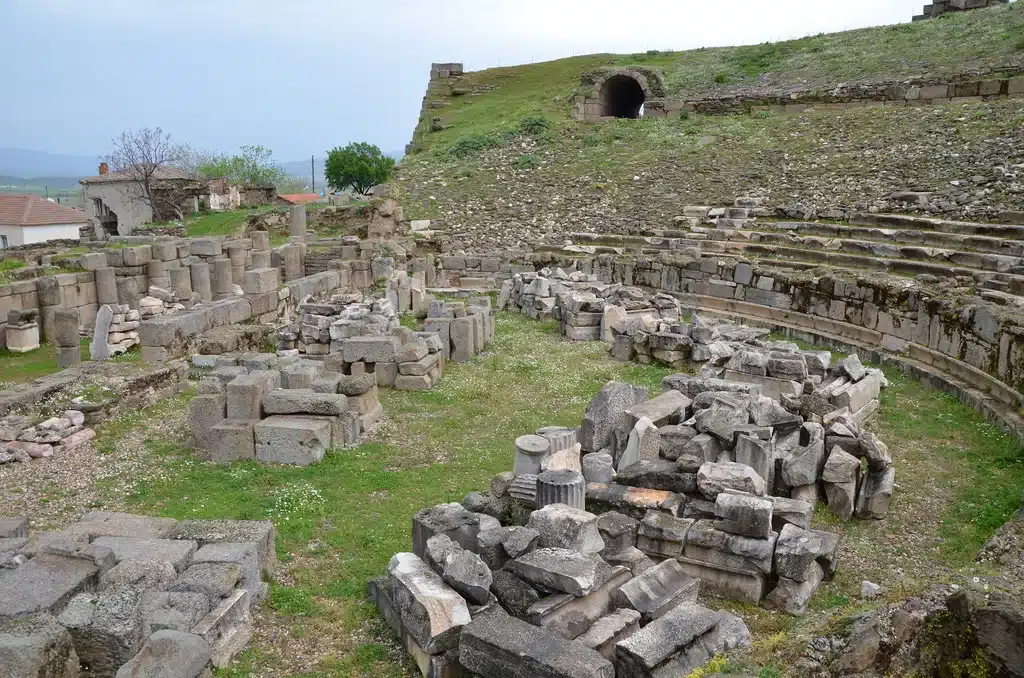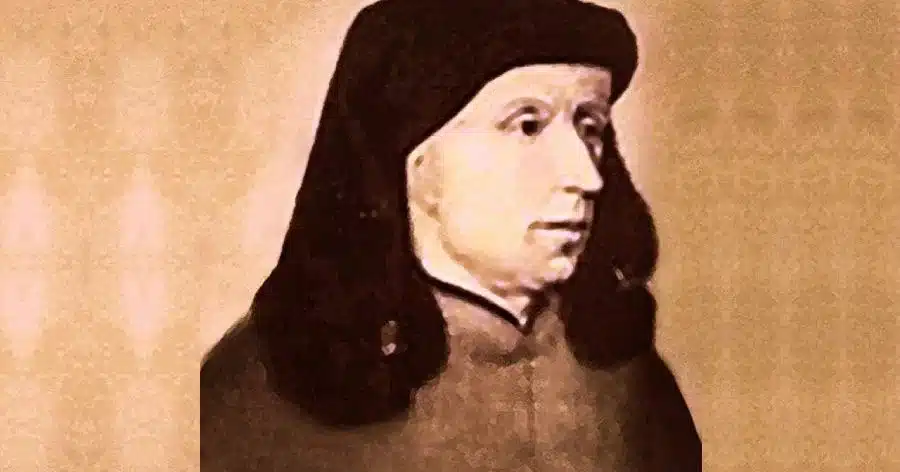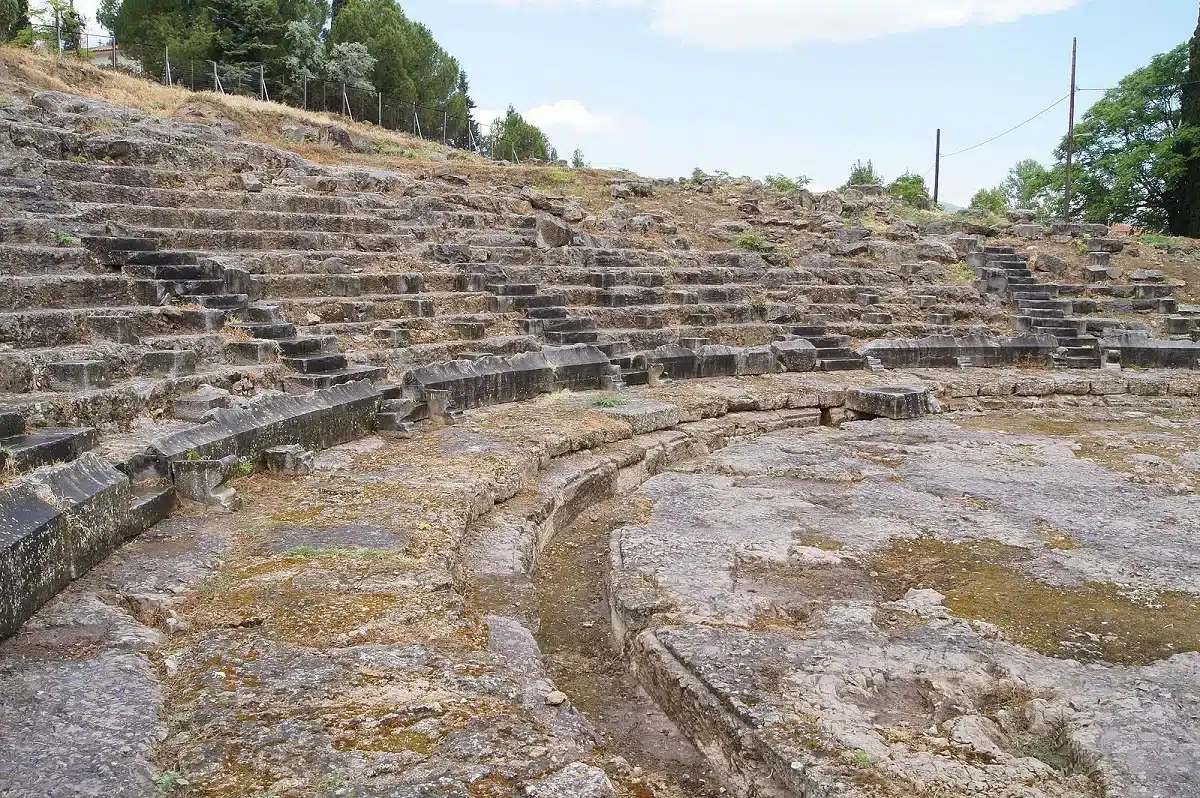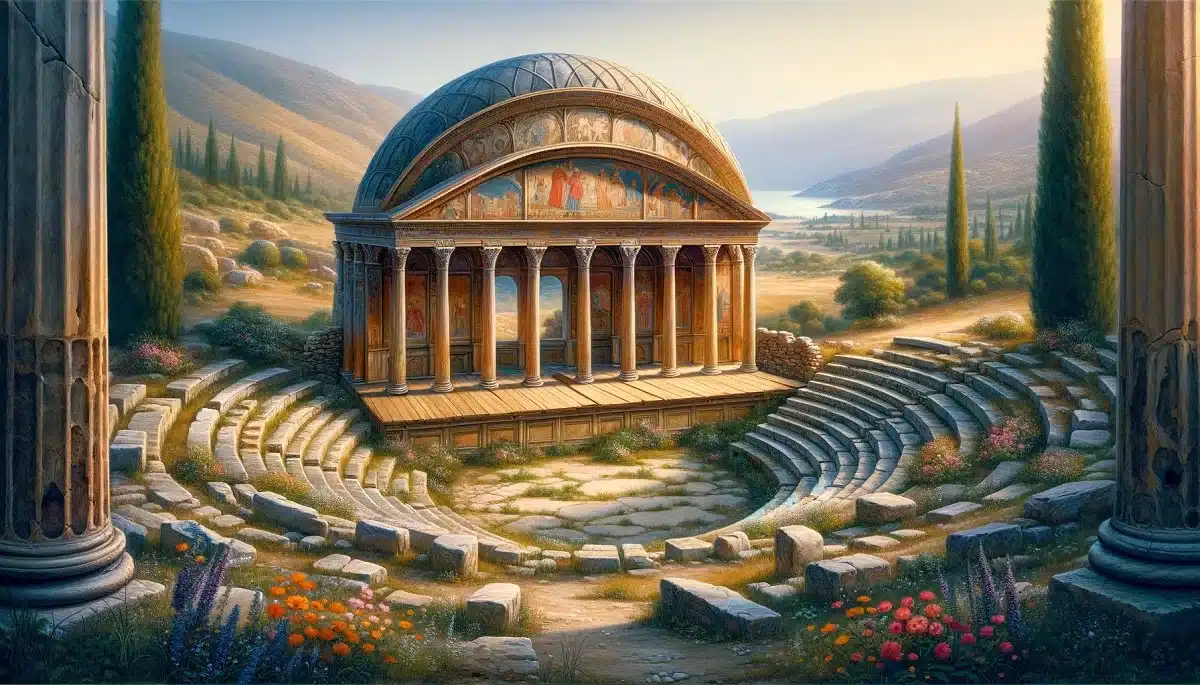The mythological god Pan is one of the most colorful and entertaining characters of ancient Greek mythology. Known as the protector of rural areas, forests and herds, Pan is known for his half-human, half-goat form. This god, who was a friend of Dionysus and a lover of music, also invented the musical instrument known as the Pan flute and built a bridge between nature and humans. While Pan is often depicted as a cheerful, mischievous and playful figure in mythology, his stories provide valuable insight into ancient Greece’s relationship between nature and humans.
Who is Pan?
Mythological Origin of Pan and His Role as God
Pan is a god identified with nature, forests, mountains, and animals in Greek mythology. He is known as the son of Hermes and is often depicted in the half-goat, half-human form. Pan originates from the rural regions of ancient Greece, and the god was especially popular with shepherds, hunters, and fishermen. In ancient times, it was considered a protector that enabled people to live in harmony with the natural world. Pan is a figure who is also believed to cause supernatural events and certain natural phenomena.
Physical Depiction and Symbols of Pan
Pan’s physical depiction distinguishes him from other Olympian gods. This god, whose lower part is a goat and whose upper part is human, has horns, a long beard and pointed ears. He is usually shown holding a pan flute (siringa). This depiction of Pan is symbolic of his association with control of the wild and animals. The Pan flute is a reflection of Pan’s musical talent and his extraordinary connection with nature.
Pan’s Properties and Powers
Relationship with Nature, Music and Animals
Pan’s deep connection with nature is one of his most distinctive characteristics. As the god of forests, mountains and green spaces, he is said to protect animals and communicate with them. Pan is a representative of the calming and regenerative powers of nature. He is also known for his ability to influence people and gods through music. These features enable it to act as a bridge between nature and human beings.
Pan Flute and Musical Talent
The Pan flute is one of Pan’s most iconic symbols, and this instrument has become synonymous with his name. The pan flute is a combination of reed pipes of various lengths, and this instrument can produce sad and hypnotic melodies. Using this flute, Pan imitates the sounds of the forest and meadows, which is a good example of how he brings together music and the natural world. Pan’s musical talent allows him to be seen as not only entertaining but also a soothing and healing force.
The Story and Legends of Pan
The Legend of Pan and the Nymph Syrinx
Like many Greek mythology stories, the legend of Pan and the Nymph Syrinx involves love, escape, and transformation. Pan falls in love with the beautiful nymph Syrinx, but cannot reciprocate her love. While fleeing Pan’s advances, Syrinx prays to the gods and is transformed into a reed as he is about to capture her. Pan, saddened by the loss of Syrinx, cuts and gathers the reeds and makes the Pan flute , a unique musical instrument, from these reeds. This sad story is a symbolic account of the origin of Pan’s musical talent and his influence on nature.
Pan’s Interactions with Other Gods and Men
Pan bridges the gap between gods and humans, interacting with them in a variety of ways. Especially when he meets with other gods on Mount Olympus , he participates in their entertainment and also intervenes in the world of humans. There are also stories about Pan instilling fear (panic) in people; These stories show that he was not only a protective god, but also had a dangerous and unpredictable side.
Cultural Impact of Pan
Worship of Pan and Rituals in Ancient Greece
The worship of Pan was common in ancient Greece , especially in rural areas and forest areas. Since Pan was seen as the protector of shepherds and hunters, various rituals were held dedicated to him. These rituals often include large fires, dancing, and music, especially the playing of the Pan flute. These ceremonies held in honor of Pan aim to enable people to live in harmony with nature and honor the spirit of nature.
Reflections of Pan in Modern Culture
Pan’s influence extends from ancient times to the modern period. In modern culture , Pan is often treated as a symbol of freedom and living in harmony with nature. He is a frequently referenced figure in literature, music and art. For example, JM Barrie’s “Peter Pan” character was inspired by the name of this mythological god and represents the free spirit of children and their connection with nature. Pan is also used as a symbol in environmental movements, and its image is used to emphasize the importance of protecting nature.
Origin of the Term Pan and Panic
Mythological Origins of the Word “Panic”
The word “panic” is derived from the Greek god Pan , and the term is associated with the sudden feelings of fear and terror he spread through forests and mountains. In ancient Greece, Pan’s loud scream or appearance created sudden and uncontrollable fear in lone travelers, giving rise to the modern psychological term known as “panic attack.” This mythological connection shows Pan’s powerful influence on nature and its psychological effects on humans.
Pan’s Connection to Fear and Excitement
More than just a pastoral and musical figure, Pan is also the god of excitement and fear . It is said that his instrument, the pan flute, can put people and animals into deep peace, but also can suddenly appear and create great panic. These two aspects of Pan reflect the contradictory nature of his character and make his influence in mythology much more complex and layered.
Representation of Pan in Art and Literature
The Iconic Image of Pan in Literature and Art
Representations of Pan in literature and art are highlighted by his half-man, half-goat figure. This depiction symbolizes the connection between nature and man and emphasizes Pan’s inherent and integral relationship with the natural world. Artists and writers have used Pan to represent the wild, unpredictable and mystical aspects of nature. His figure offers a profound exploration of freedom, harmony with nature, and the instinctive aspects of human beings.
Important Pan Themed Works and Authors
Pan appears frequently, especially in romantic and pastoral literature, as well as in works of art based on mythology. Highlights include poems by Elizabeth Barrett Browning and short stories by Nathaniel Hawthorne, which depict her spirit and relationship with nature. Additionally, JM Barrie’s “Peter Pan” is inspired by Pan’s liberal and playful character, allowing children to discover the eternal spirit of innocence and adventure. These works stand out as a testament to Pan’s rich and versatile representation in literature and art.
Frequently Asked Questions
Why is Pan an Important Figure in Greek Mythology?
Pan is considered a powerful representative of nature in Greek mythology. His figure helps us understand the interaction between nature and humans and the place of humans in nature. Pan also symbolizes both the beauty and dangers of the natural world, making him a contradictory and rich character in mythology. His stories emphasize the importance of rural life and the influence of the natural world on human life, which is why Pan holds an important place in Greek mythology as both a protective and frightening figure.
In Which Areas Is Pan Considered a God?
Pan is particularly associated with rural areas, forests, mountains, and shepherds. Pan, who is considered the god of nature in Greek mythology , is closely related to his dominance over animals and plants and human activities such as hunting and shepherding. He is also known for his mastery of music and especially of playing the flute. In these aspects, Pan is considered a god in various aspects as the protector of nature, music and wildlife.
What is Known about Pan’s Flute?
The Pan flute is one of Pan’s most distinctive symbols, and this instrument represents his connection with nature and his musical talent. According to legend, Pan’s flute emerged when the nymph Syrinx, with whom Pan was in love, turned into reeds while escaping. Pan plays sad and enchanting melodies using this flute made from the reeds that Syrinx transformed into. Since the flute is made of natural materials, it symbolizes harmony with nature, and the melodies Pan produces with this instrument can be both soothing and sometimes frightening. These features of the Pan flute are considered a mythological element that reflects both the protective and dangerous aspects of Pan.





